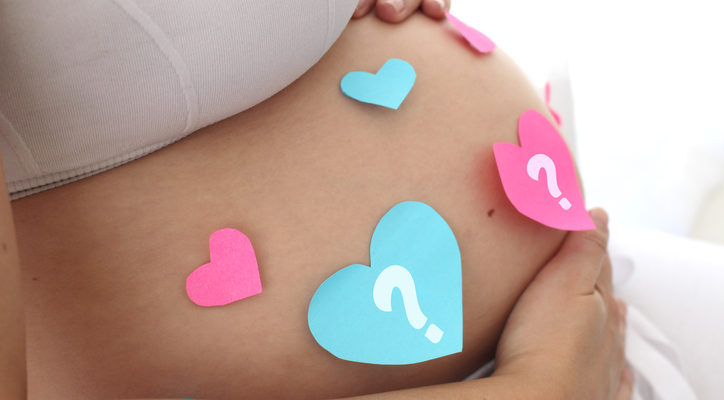
Sometimes, the contractions make you think that you are about to have a baby, but it is not true when you go to the hospital to check it out. Actually it's just a physiological contraction.
In the late stages of pregnancy, the contractions are like the body's alarm clock, alerting you that you are in labor . However, sometimes these are just fake contractions, called Braxton-Hicks.
The following signs will help you to distinguish a labor contraction from Braxton-Hicks physiological contractions.
What is Baxton-Hicks physiological contractions
Braxton-Hicks contractions are called pseudo pain because they give you the feeling that it is a labor contraction, but it's not. It does not lead to childbirth, although it may dilate the uterus.
These contractions appear in the last 3 months of pregnancy and occur in the afternoon or evening, especially after you are active all day. There are no typical signs, but when contractions happen often, you can feel it.
When Braxton-Hicks occurs, you will feel a cramping in your abdomen, but usually not pain. Signs of Braxton-Hicks physiological contractions include:
A spasm comes and goes away;
The spasm was not too strong and infrequent;
The spasm will go away when you change positions or urinate.
What is real labor contractions?
A real spasm happens when your body releases the hormone Oxytocin - a hormone that stimulates uterine contractions. They are a sign that you are in labor. For many women, contractions start around the 40th week of pregnancy. Contractions that started before 37 weeks may be classified as due to early labor.
Contractions in the upper part of the uterus dilate the uterus, helping to push the fetus into the vagina in preparation for birth. This feeling of contraction is described as a wave. The pain is less at first, then increases until it peaks, then finally subsides and it is difficult to shrink the abdomen.
The spacing between contractions is even (about 5 minutes), then gradually decrease with time and the intensity of pain gradually increases. Signs of labor pain include:
Have a thick brown or reddish-brown mucus called a mucus in the shower;
It feels like the fetus is about to come out of the womb;
You may also have a discharge from the vagina. This is a sign of rupture of amniotic fluid .
What to do when pain occurs?
Most Braxton-Hicks physiological contractions appear and then disappear. However, if they appear frequently, please observe within 1 hour. The contractions that get stronger and more continuous can be real labor contractions. When the distance for contractions is only 5 to 6 minutes, go to the hospital immediately.
If you are not sure if this is a real contraction, call your doctor or go to the hospital. Even if it's a fake contraction, you should have it checked. Especially if your baby is under 37 weeks old and has painful contractions, your amniotic fluid may have ruptured.
Hope the above article will help you.












